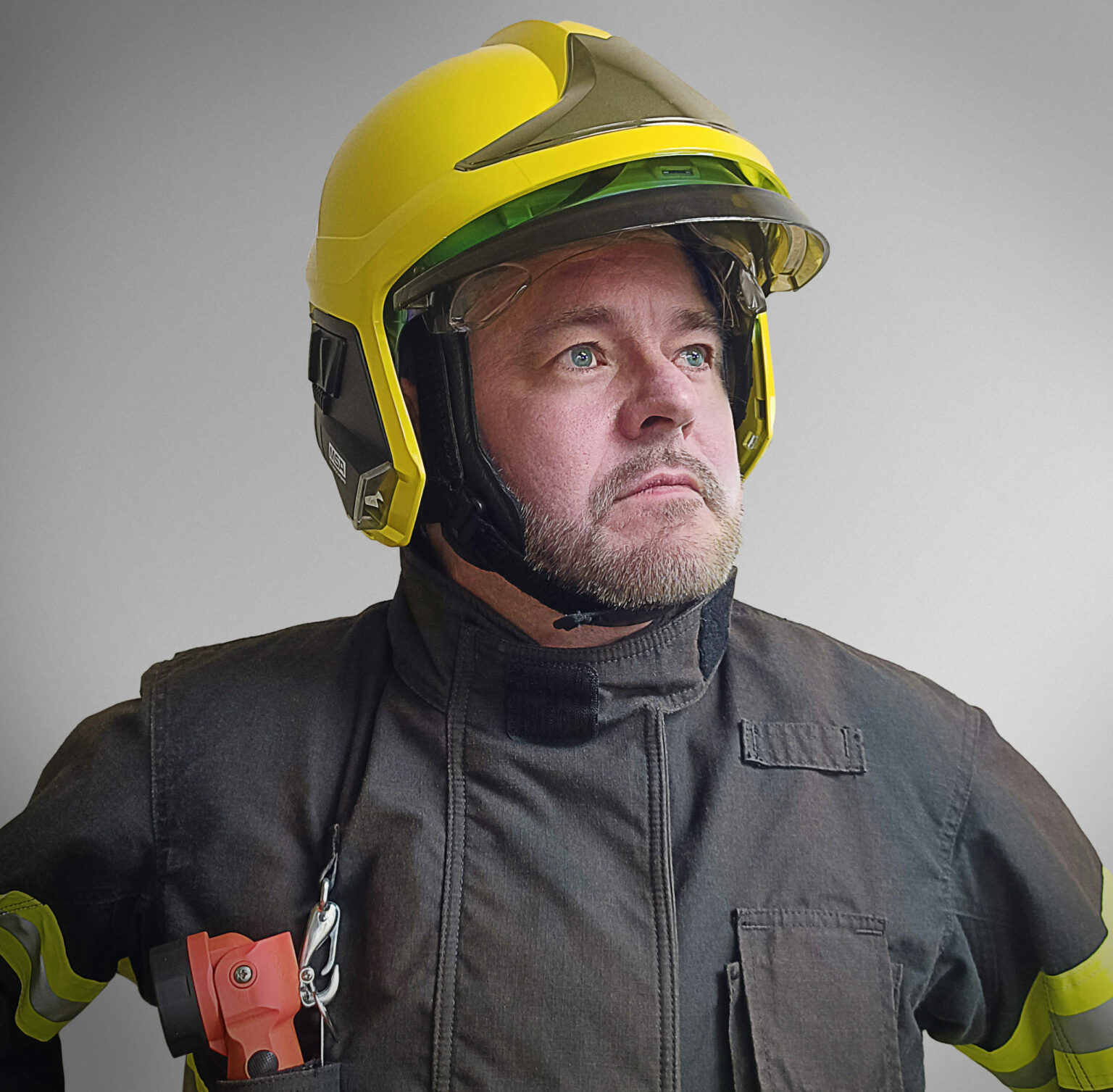The light of a firefighter
- March 30, 2022
- 9:59 am


Iain Hoey
Share this content
Derek Box, Industrial Division Marketing Manager, Nightstick tells us the importance of new innovations in lighting technology for firefighters to combat smoky situations
What emerging technologies will today’s fire service need to be aware of?
Multi-function and dual light torches are becoming a must-have feature for firefighters, especially volunteers who often pay for their own equipment. If you can combine a traditional angle light with a floodlight that illuminates trip hazards and then give it a 90° rotating head that becomes a standard torch, you’ve got three lights in one package. Similarly, if you combine a side mount helmet light that has a tight, focused beam and add a soft area floodlight, you give the firefighter more options, and more options give more time. More time can mean the difference between life and death. At the FDIC show in April 2022, Nightstick will be showcasing our extensive lineup of dual-light portable LED lights specifically designed for firefighters.
What is the best light for a firefighter?
The short answer is, one you bring with you. When firefighters arrive on scene, the situation is fast-paced and sometimes chaotic. They need their hands free to pull hoses, swing axes, climb ladders, operate extraction equipment, and do many other critical tasks. Often the only lighting they have immediately available is what is strapped to their bunker gear, such as angle lights and helmet lights. These lights must provide excellent visibility and adapt to the situation. A blinding 600-lumen spotlight on their helmet is not helpful if they are examining a trapped motorist. The ability to switch over to a soft area floodlight with the push of a button while wearing gloves is an excellent example of adapting to the situation. Another essential consideration is runtime. Often the initial danger is under control within the first hour, but finishing the job can take several hours. It’s critical to have the runtime necessary to complete the job.
What is the best way to combat smoke visibility on scene?
A tight beam pattern is vital to cutting through smoky areas without having the blinding glare of a bright unfocused high-lumen torch bouncing back at you. The design and engineering for a tight smoke cutting beam pattern is much different for portable firefighting equipment than standard torches designed to illuminate a large area. For safety and coordination amongst firefighters, it’s crucial to have “follow me” lights on the back of their lighting equipment. The most visible color to the human eye is in the center of the spectrum at 550 nanometers (green). Many manufacturers use wavelengths on the edge of the visible spectrum, such as 700 nanometers, because they are cheaper to produce. A green light is up to 4 times more visible in low light situations and far superior.



